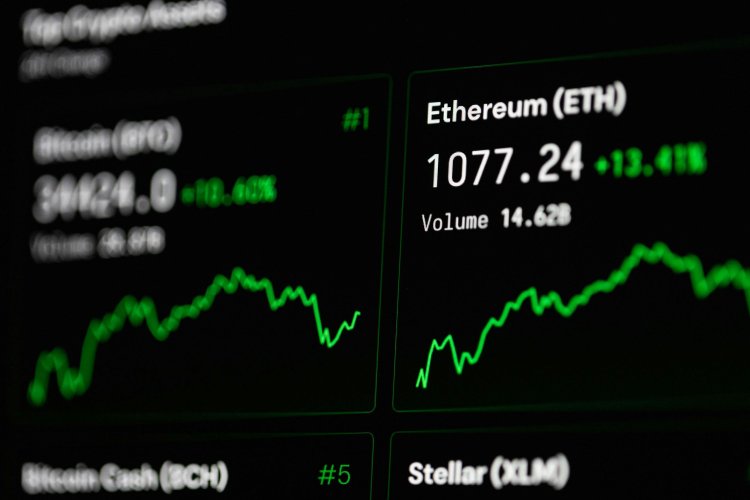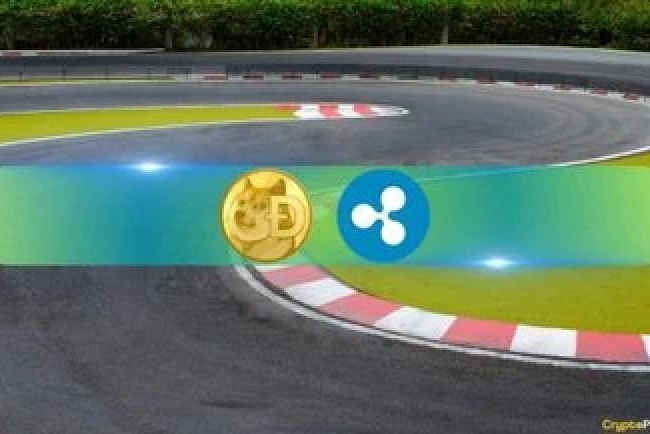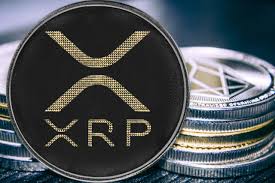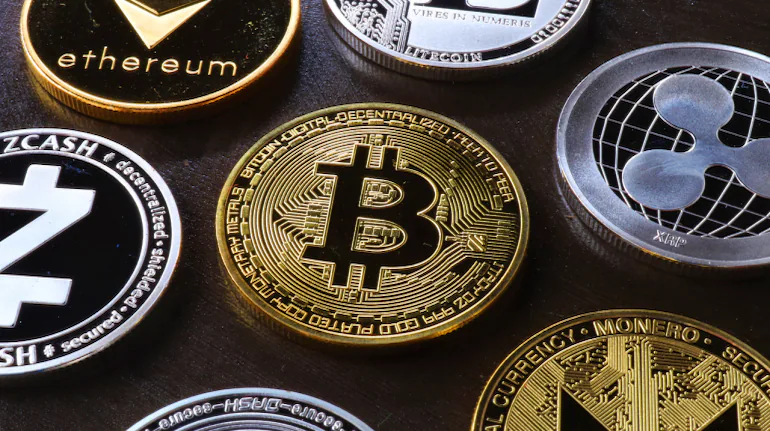Ethereum Price Gains Spark Debate on Staking and Scaling

In recent months, the Ethereum price has shown renewed strength, catching the eye of traders who had grown used to long stretches of sideways movement. The uptick has revived discussions about what drives the coin’s value. Two factors now dominate the conversation: the appeal of staking rewards and the strain of scaling. Both forces push in different directions, and together they create a complex picture of where Ethereum might head next.
Staking has become a central part of Ethereum since the shift to proof of stake. By locking coins, participants support network security and receive returns in exchange. This process encourages long-term holding, which can reduce selling pressure in the market. As more tokens move into staking contracts, supply on exchanges drops, often leading observers to argue that the Ethereum price should rise as scarcity grows. Investors drawn to steady yields see this as an additional reason to accumulate.
Yet, staking is not a one-way benefit. While it may tighten supply, it also ties coins in ways that reduce liquidity. Critics point out that in times of sudden volatility, limited liquidity can lead to sharper swings. If confidence falters, the rush to withdraw could overwhelm exit queues and spark selling pressure instead of stability. This tension means staking does not guarantee upward movement, only another layer of uncertainty to weigh.
The second force shaping sentiment is scaling. Ethereum remains the base for a large portion of decentralised finance and digital asset projects. However, its main chain often struggles under heavy demand, leading to higher fees and slower confirmation times. Developers answer these issues with Layer 2 solutions that process transactions off-chain before linking back. While these tools ease congestion, they also raise questions about value capture. If activity shifts too far away from the core chain, some ask whether the Ethereum price reflects that growth or if it benefits competing platforms more.
Market watchers also link scaling progress with broader adoption. If Ethereum can consistently handle millions of daily users without costs spiralling, it strengthens the case for its long-term role. But if fees remain unpredictable, traders may seek alternatives. Competitors like Solana, Avalanche, and newer entrants aim to exploit any weakness. Ethereum’s network effect is strong, yet history shows even leaders can lose ground when rivals move faster.
External conditions complicate matters further. Global economic factors such as interest rate decisions, inflation data, and equity market performance still influence crypto sentiment. A strong economy may encourage risk-taking, while uncertainty often drives investors to safer assets. Regulation adds another variable, with governments exploring rules for staking products and decentralised finance. Clear frameworks might bring new institutional players, but strict rules could limit access and reduce demand.
Despite these challenges, enthusiasm remains evident. Developers continue to build tools, wallets, and applications that keep Ethereum at the centre of the digital asset world. Institutional interest also grows, with funds and service providers exploring ways to offer exposure. The combination of grassroots innovation and professional investment gives the network a unique position. Whether that mix can defend its lead depends on how well it balances staking incentives and scaling improvements.
Some analysts turn to history for clues. Past cycles showed Ethereum able to recover from setbacks, but always with volatility along the way. Each rise carried both innovation and risk, and the same pattern may repeat. Those who expect constant upward movement could be disappointed, yet those prepared for swings might see opportunity in the turbulence.
As debates over staking and scaling continue, one conclusion is clear: Ethereum’s future cannot be reduced to a single metric. The interplay of locked supply, liquidity, developer progress, competition, and regulation will decide its value. Investors face a shifting puzzle rather than a straight line. The present gains hint at resilience, but the test will come when the market once again demands proof that Ethereum can grow without breaking under its own weight.
What's Your Reaction?
















